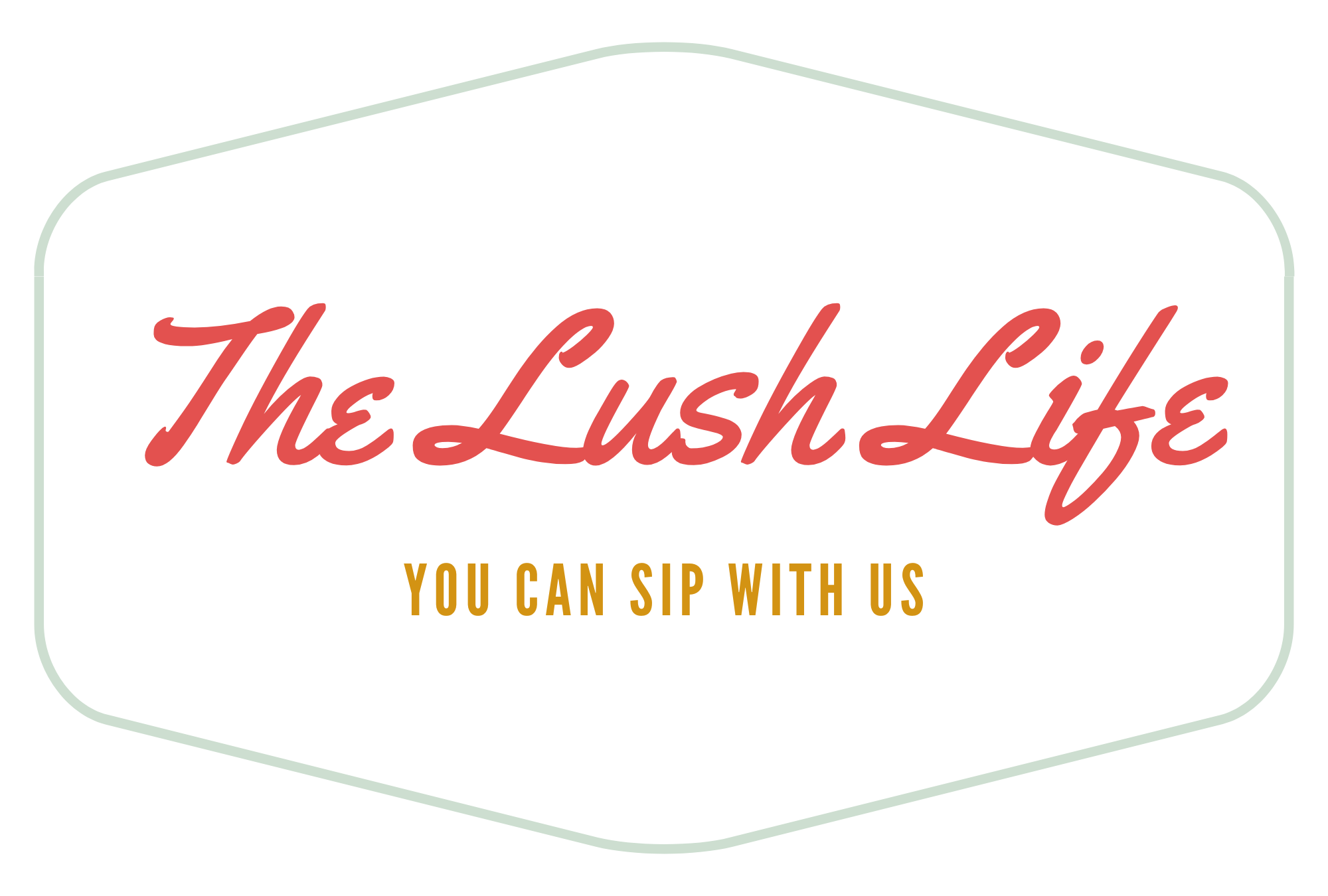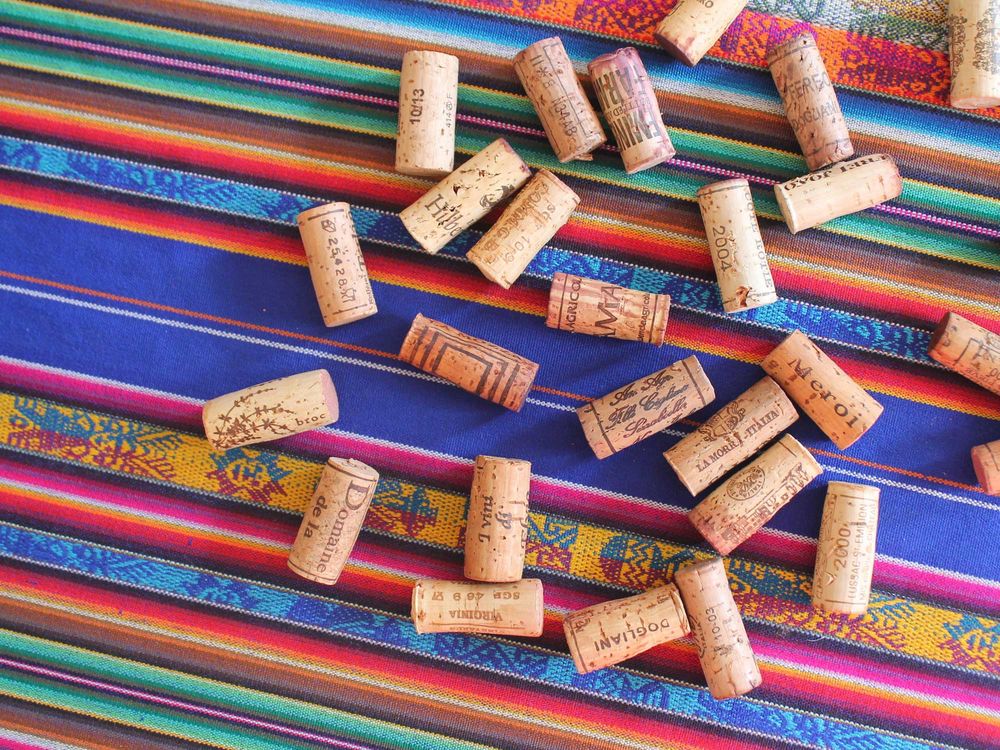Everything You Need to Know About Corks
If you're anything like me, when I go to open a favorite bottle of wine I'm thinking WAY more about what's inside the bottle than the packaging. But, the type of closure on your bottle can make a big difference in the taste of your wine, and the environmental impact of the packaging is something we should all absolutely be considering... because honestly, every day should be Earth Day!
Today we're going to take a deep dive into.... natural cork stoppers! (If you're interested in screwcaps, check out this article.)
More than 12 billion bottles of wine are closed every year with cork. But how much do you really know about them? Here's everything you need to know:
Cork is the bark of the cork oak. It is a 100% natural raw material, that is 100% reusable and 100% recyclable, extracted from cork oaks by carefully peeling off the outer layer of the trunk without damaging the tree.
It takes 25 years for a cork oak trunk to start to produce cork and trees can be harvested every 8-9 years. Only after the 3rd harvesting - at around 43 years - does cork achieve the standards of quality required for a natural cork stopper. Trees can be harvested all the way until the age of 150 years old.
There are soooo many environmental benefits of natural cork. On par with other natural wonders such as Amazon rainforest, the Portuguese cork forests are one of 35 global biodiversity hotspots and are UNESCO heritage listed. Cork forests improve soil’s organic matter, are great barriers for fires and desertification, and are home to over 200 species of wildlife
Each 100% natural cork stopper retains 112 grams of CO2. That is equivalent to the annual savings from 17 solar panels per 1,000 cases of wine!
Wine corks can be reused and recycled into a number of useful items, including yoga blocks, shoes, furniture and flooring!
So the next time you pop the cork on a bottle of wine, know that you're supporting an industry that's truly sustainable. Doing your part for the environment can be delicious!




